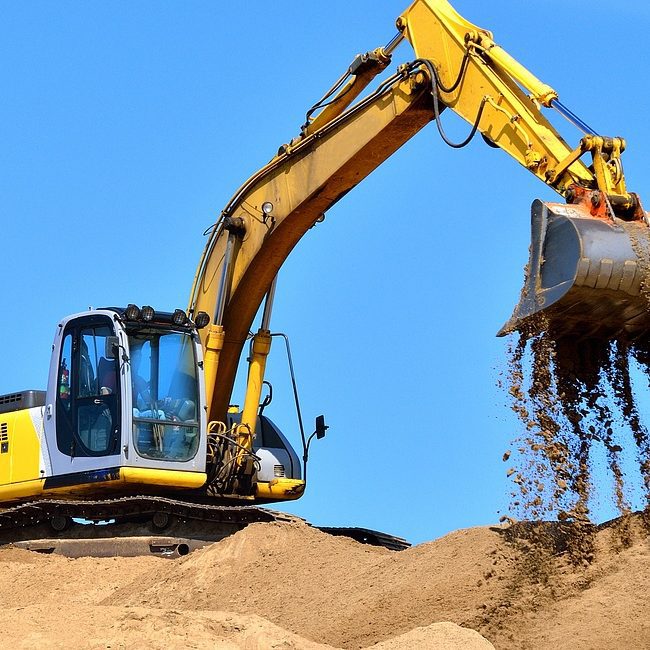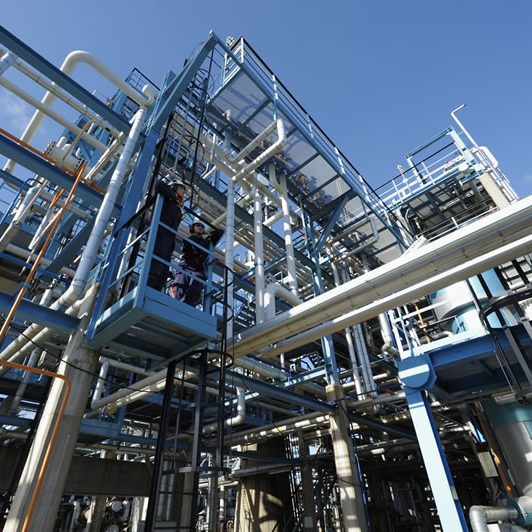COMPRESSION RUBBER MOULDING
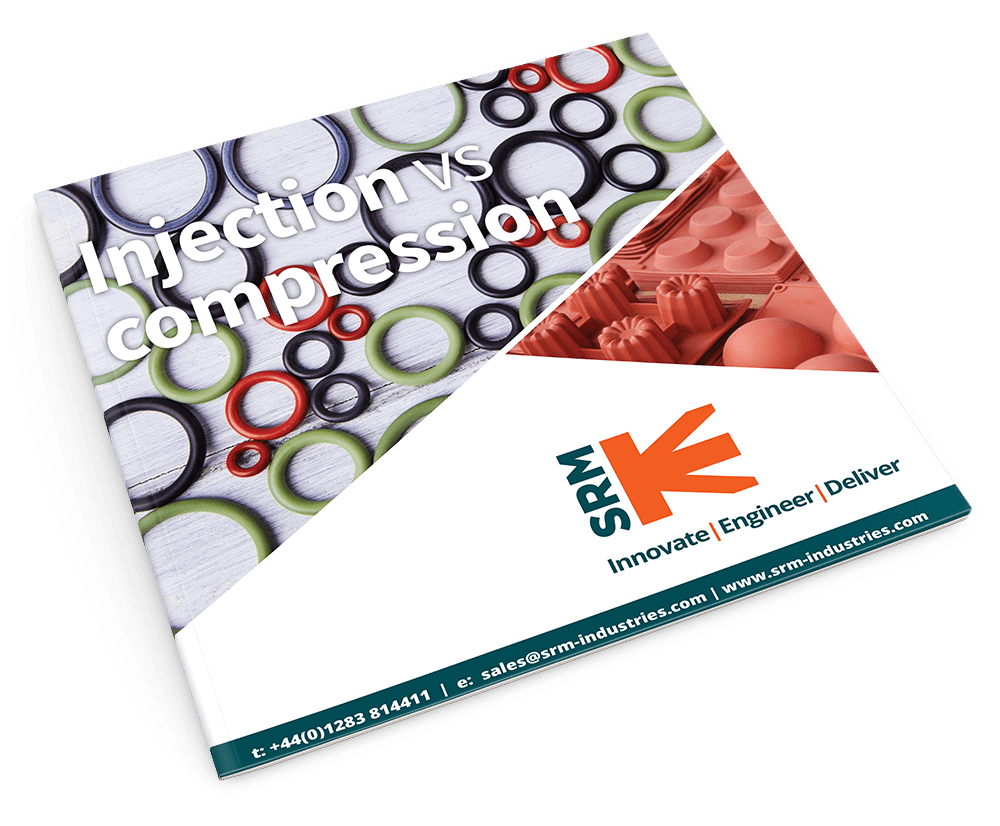
DOWNLOAD OUR eBOOK: INJECTION VS COMPRESSION RUBBER MOULDINGS
Low Volume, Less Waste
Compression Rubber Moulding is generally used in low volume applications as the tooling cost is cheap. There is less set up waste as there is no requirement to purge out the machine. This makes it ideal for niche industry replacements such as motorbikes and the vintage car market.
It also allows larger thicker products to be moulded in excess of 20kgs in weight and we can achieve larger sized mouldings up to 850mm square in size.
Also Compression Moulding is generally better for rubber to metal bonded products as the metal parts are manually loaded into the mould out of the press for greater precision and accuracy.
Previous projects where we have compression moulded.
Transport / logistics industry - Road humps – seen at popular places such as Birmingham NEC, Manchester Airport - Where product weight is in excess of 5 kgs
Automotive Industry - Vintage car market/ niche industrial replacement seals, Motorbike spares - When runs are less than 100 parts
Nuclear industry - O rings for Nuclear containers - Where products are 800mm in size

Compression moulding involves several steps:
- An uncured rubber compound is formed to the proper shape and size based on the finished part configuration. This uncured rubber shape is termed a preform — it is prepared to be formed, or moulded. Every mould will have a different shape and size preform that works best.When the optimal preform has been determined, it is important to have a tolerance on both its size and shape to ensure the part forms correctly. Too much material is wasteful and can cause flash to become too thick, while too little material can cause voids in the part.
- The preform is placed into the cavity of a heated mould. The mould is then closed. Heat and pressure are applied in a compression moulding press. Presses used in production utilise a programmable logic controller to monitor and control critical parameters like temperature, pressure and time to ensure moulding takes place within a prescribed tolerance window.
- The mould is then opened. The cured rubber part is removed along with its flash.
- The part is then moved through the manufacturing operation to undergo post-molding processing, which can include deflashing, postcuring, inspection and packaging.
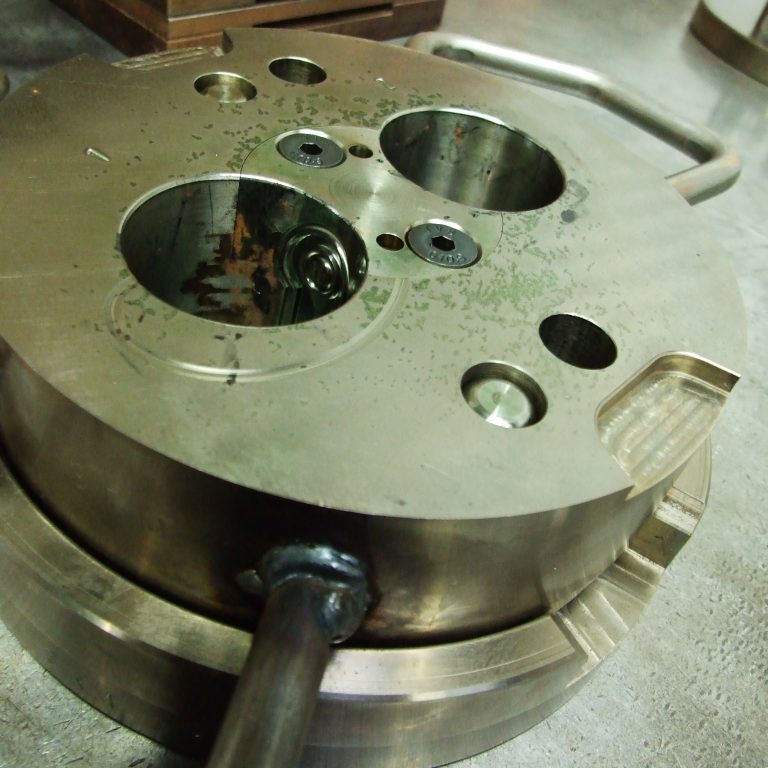


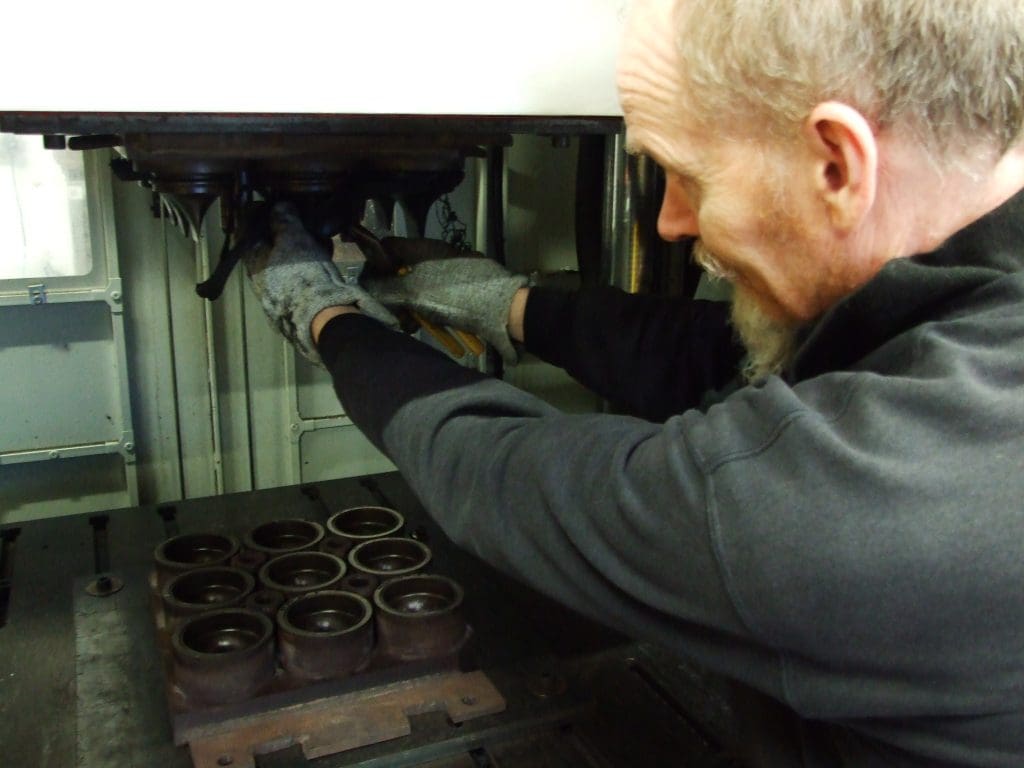
The Benefits of Compression Rubber Moulding:
Frequently Asked Questions
Related Industries we work with

